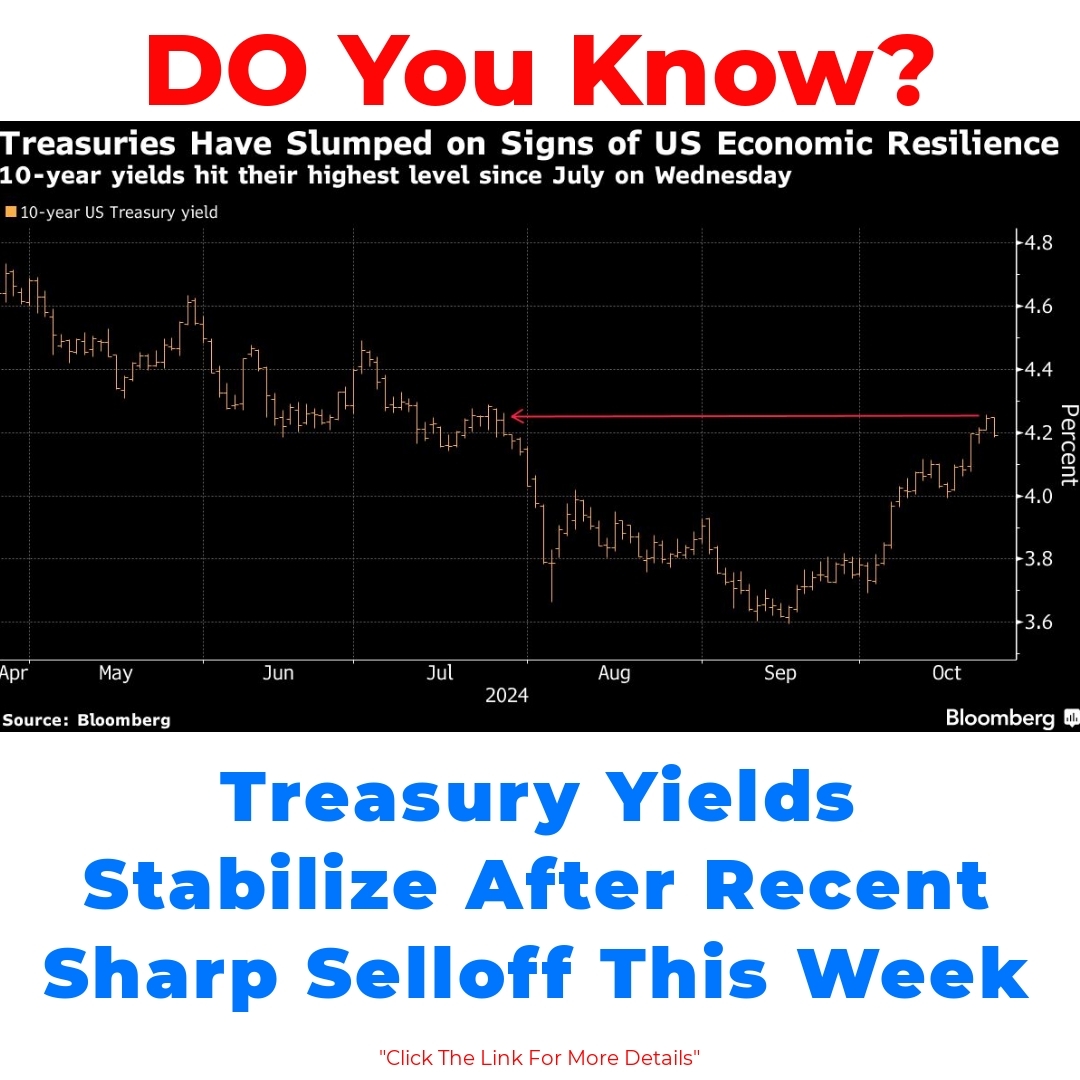The recent Treasuries Selloff has raised significant concerns among investors, making it crucial to grasp the fundamentals of Treasury Yields and Market Volatility. This article delves into the factors behind this selloff, its effects on current market conditions, and strategies to navigate potential investment challenges stemming from rising yields.

Understanding Treasuries Selloff
The Treasuries Selloff refers to a significant drop in the prices of U.S. Treasury securities, leading to an increase in their yields. When investors start selling off these bonds, the yields — which move inversely to prices — tend to rise. This recent selloff has historical roots, as investors gauge the future economic landscape, and it’s essential to take note of how this aligns with past trends in Treasury Yields.
Several factors contribute to the selloff. One major aspect is the changing expectations regarding interest rates. As the Federal Reserve signals potential hikes in interest rates, investors may prefer to sell off their Treasuries in anticipation of better yields elsewhere.
The State of Treasury Yields
Currently, Treasury Yields are at levels that many haven’t seen in years. This surge is driven by investors reacting to expectations about inflation and economic recovery post-pandemic. High Treasury Yields usually indicate that investors foresee a stronger economy, which raises concerns about inflation. Additionally, these yields directly link with the interest rates set by the Federal Reserve, creating a ripple effect throughout the bond market.
When Treasury Yields rise, it impacts various financing costs across the board, affecting everything from mortgages to corporate loans. Thus, keeping an eye on these yields is pivotal for both investors and banks.
Market Volatility and Its Implications
Market Volatility often reflects the rapid price movements associated with the Treasuries Selloff. As yields surge, we see an increase in market fluctuations that can affect investor confidence. RISING yields generally correspond with a decline in stock market performance as well, creating a more turbulent economic atmosphere.
This increased volatility has broader economic implications, influencing investment decisions across different sectors. For instance, industries sensitive to interest rates, such as real estate and utilities, might experience challenges during periods of heightened Treasury Yields.
The Impact of Treasury Yields on Investments
For investors, understanding the impact of Treasury Yields on Investments is crucial. The recent selloff can reshape portfolios, prompting asset reallocation strategies. For example, higher yields might make dividend stocks less attractive when fixed income securities compete on yield.
Investment strategies need to adapt. Conservative investors might seek security in cash or short-term bonds, while more aggressive investors could leverage opportunities in equities that might benefit from economic growth spurred by rising rates.
Strategies for Navigating Market Volatility
Managing risk during periods of Market Volatility can be tricky, but there are actionable strategies that investors can adopt. First, consider diversifying your portfolio. Investing across various asset classes can cushion against market swings caused by the Treasuries Selloff.
Furthermore, short-term investment strategies might appeal to those feeling the pressure of rising Treasury Yields, while long-term investors should maintain a focus on the fundamental value of their investments. It’s about finding the right balance that aligns with your risk tolerance.
Financial News and Outlook
Recent financial news has been buzzing with activity surrounding Treasuries and the accompanying yields. Experts have pointed out that we may see further fluctuations in the near future. Predictions for Treasury Yields suggest continued volatility, reflecting the ongoing adjustments to economic indicators.
Financial experts advise keeping an eye on inflation reports and employment numbers, as these will play a crucial role in determining future movements of Treasury Yields. Staying informed is key to navigating the evolving investment landscape.
Conclusion
To wrap up, understanding the recent Treasuries Selloff is essential for investors seeking to navigate today’s financial landscape. The rise in Treasury Yields and the corresponding Market Volatility can significantly influence investment decisions. As the bond market continues to evolve, employing strategic approaches during these fluctuations will be crucial for achieving investment goals.
With the right knowledge and strategies, investors can effectively manage their portfolios and stay a step ahead amidst the changing economic environment.
FAQ
What is the Treasuries Selloff?
The Treasuries Selloff refers to a significant decline in the prices of U.S. Treasury securities. This drop in prices leads to an increase in yields since yields move inversely to prices. It’s usually driven by investors selling off bonds in anticipation of changing economic conditions.
Why are Treasury Yields rising?
Recent increases in Treasury Yields can largely be attributed to changing expectations regarding interest rates, particularly as the Federal Reserve suggests potential rate hikes. These changes reflect investor sentiments about inflation and economic recovery.
How does the selloff affect the economy?
A selloff in Treasuries can increase market volatility, leading to rapid price movements. Rising yields often correlate with a decline in stock market performance, causing a ripple effect across various sectors of the economy.
What impact do Treasury Yields have on investments?
Higher Treasury Yields can make fixed income securities more attractive compared to dividend stocks. For investors, this may lead to portfolio adjustments and a reallocation of assets to align with the new yield environment.
What strategies can I use during market volatility?
- Diversify your portfolio to mitigate risks associated with market fluctuations.
- Consider short-term investment strategies if you are concerned about rising yields.
- Long-term investors should focus on the fundamental value of their holdings.
How can I stay informed about the market?
To keep up with potential fluctuations in Treasury Yields, monitor economic indicators like inflation reports and employment numbers. Staying informed helps in making informed investment decisions.






